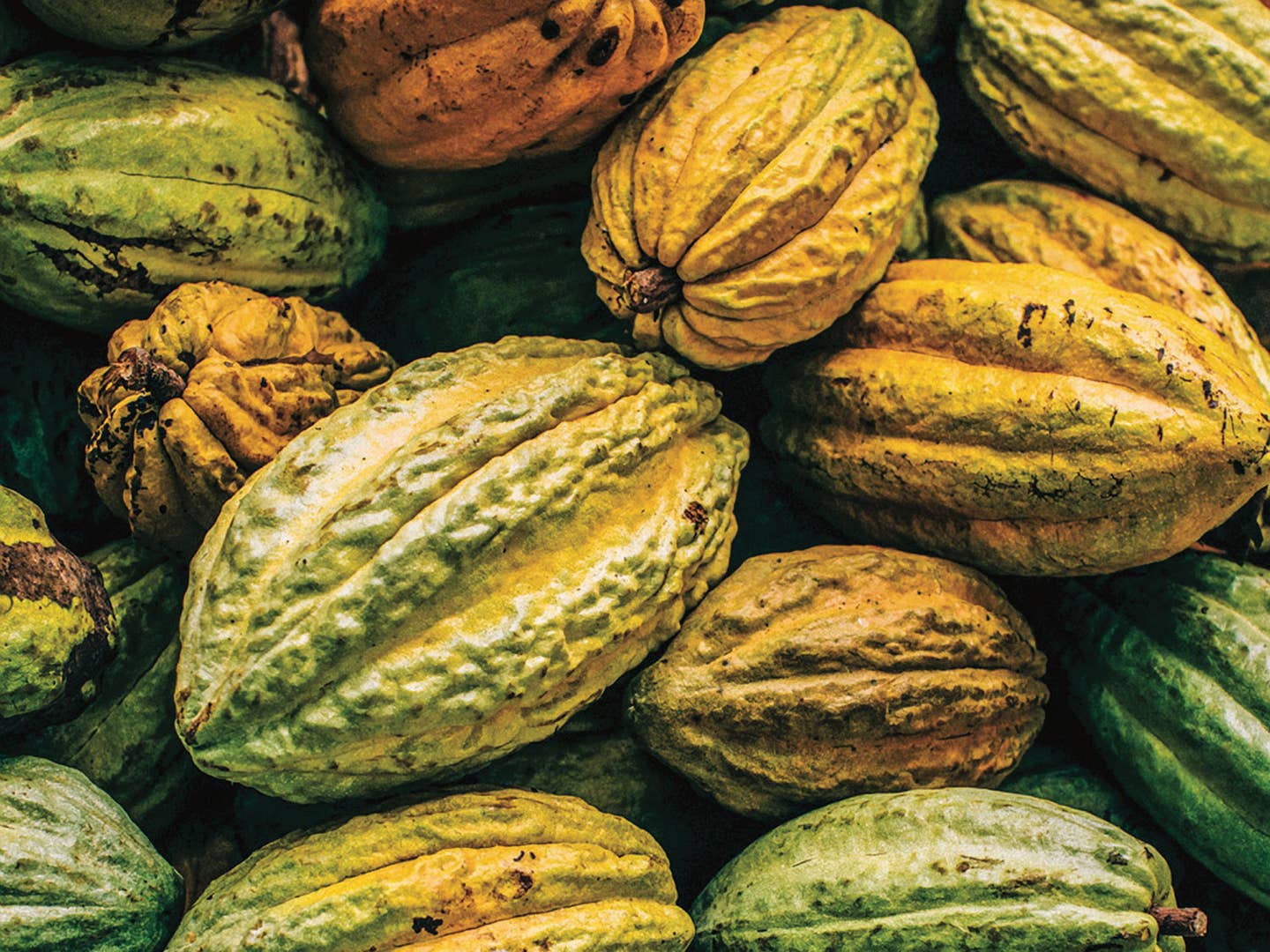
The Best Chocolate In Africa
How one Tanzania chocolate company is helping farmers grow better cacao—and demand a better price.
Sarah Maglass lives in a new red-brick house in Tanzania’s fertile Kilombero Valley, just south of Udzungwa National Park, nearly 40 miles from the nearest electricity or paved road. In her village, Mbingu, there is one dirt road and a tangled network of sandy footpaths that snake between rice paddies, mudwalled houses, and stands of leathery banana trees. Maglass is a farmer, like nearly everyone here. She cultivates patches of blushing pink pineapples and rows of corn, but it’s her 5-acre cocoa plantation that makes the real money.
Once every two weeks during the six-month harvest period between June and December, Maglass wends her way through her 1,500 trees, ducking the low-slung branches to hack firm, ovular pods from their trunks. Unlike the carefully controlled monocultures of other cocoa regions, the diversity of Tanzania’s trees means that the region produces fruits of different shapes, sizes, and textures, with colors ranging from dark brown to bright pink to acid green. The cocoa beans—also known as cacao—that will become chocolate, each roughly the size of a quarter, are packed inside the colorful shells, surrounded by a delicious creamy white pulp. It tastes intensely fruity, sweet, and tropical—nothing at all like chocolate as we know it.
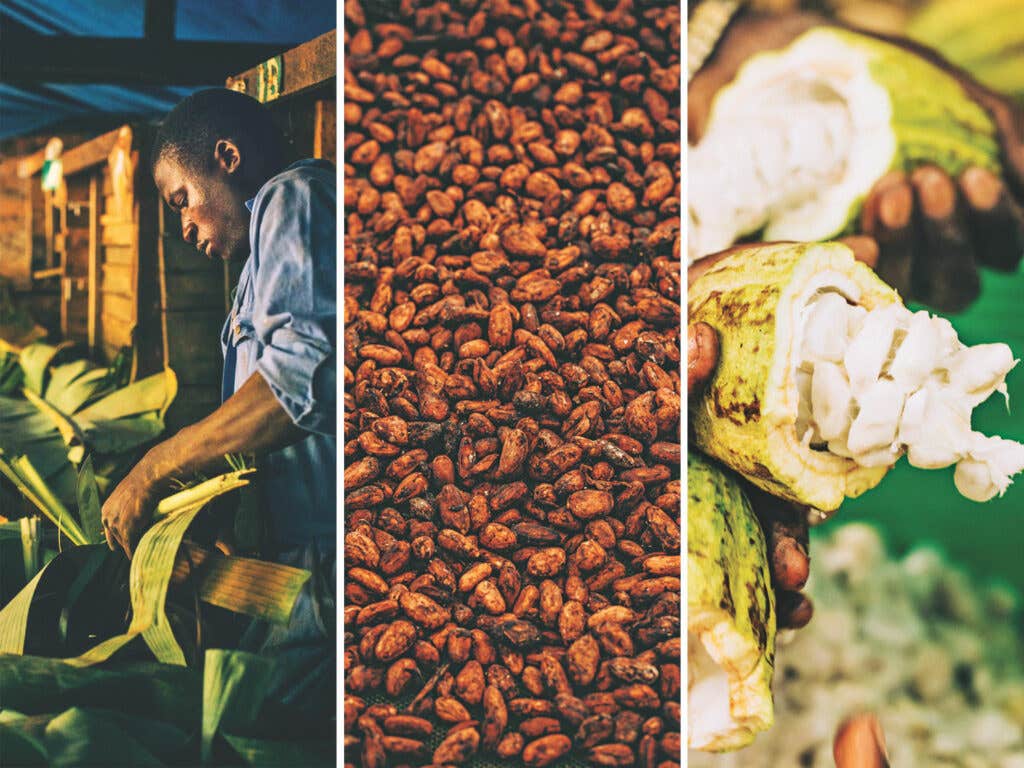
The global chocolate industry is worth more than $100 billion, but most cocoa farmers around the world are poor. “Cocoa farmers are underpaid for the work they do,” says Greg D’Alesandre, a buyer for San Francisco’s Dandelion Chocolate, an uncompromising producer of single-origin bars, including from Tanzania. Global cocoa prices today are lower than they were 40 years ago, and many younger farmers are avoiding the crop altogether. But in Mbingu, a small cocoa-processing company called Kokoa Kamili shows a new model can work better for farmers and lead to better-tasting chocolate.
Founders Simran Bindra and Brian LoBue have identified a weak link in the local chocolate supply chain: Growers here have long been at the mercy of njemke, local middlemen, who pass through the farms at unpredictable intervals, use unregulated scales to weigh the beans, and pay as little as possible for the crop. njemke won’t buy fresh, perishable cocoa, so farmers must ferment and dry their beans themselves. Big commodity traders pay njemke for quantity alone, so farmers are happy to sell them unripe or rotten beans along with the rest.
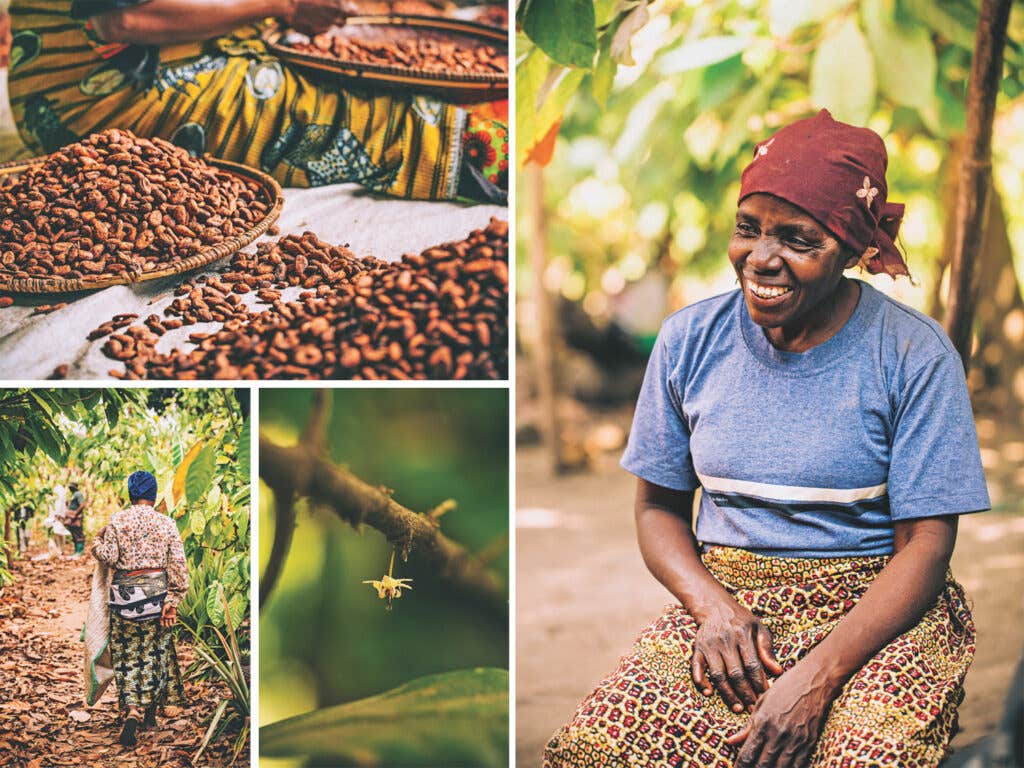
This system keeps prices of cocoa beans low in this part of the world, but there are steep costs at both ends of the supply chain: Growers are poorly paid for their work, and the chocolate that results will never live up to its flavor and quality potential. “When you have inconsistent and uncontrolled fermentation and drying, you’re going to get a lot of beans that are overfermented and underfermented,” explains William Mullan, a spokesman for Brooklyn, New York–based Raaka Chocolate. “You end up with some really bad moldy, cheesy, overly astringent flavors.”
Bindra and LoBue work outside the njemke system. They buy wet cocoa from farmers and process it themselves. “Sixty to 70 percent of the flavor development of a bean comes in the fermentation and drying,” Bindra says. “That was something we thought we could figure out how to do.” They both have lived in Tanzania for years, where they met as colleagues at an international nonprofit. LoBue grew up in California on his family’s citrus farm, which gave him a visceral understanding of the relationship between farmers, processors, and middlemen. Bindra, who grew up in Hong Kong, was working with Tanzania’s coffee industry when he was struck by the improvement in quality that centralized processing had made. The two found themselves chatting about cocoa together after work while waiting for the Dar es Salaam rush hour to subside. It wasn’t long before they decided to break out of the nonprofit world together. “Who are we to come in and say you need x, y, and z?” Bindra asks. “We wanted to pay people fairly for what they do, pay people better than anyone else does, and let them decide what to use their money for.”
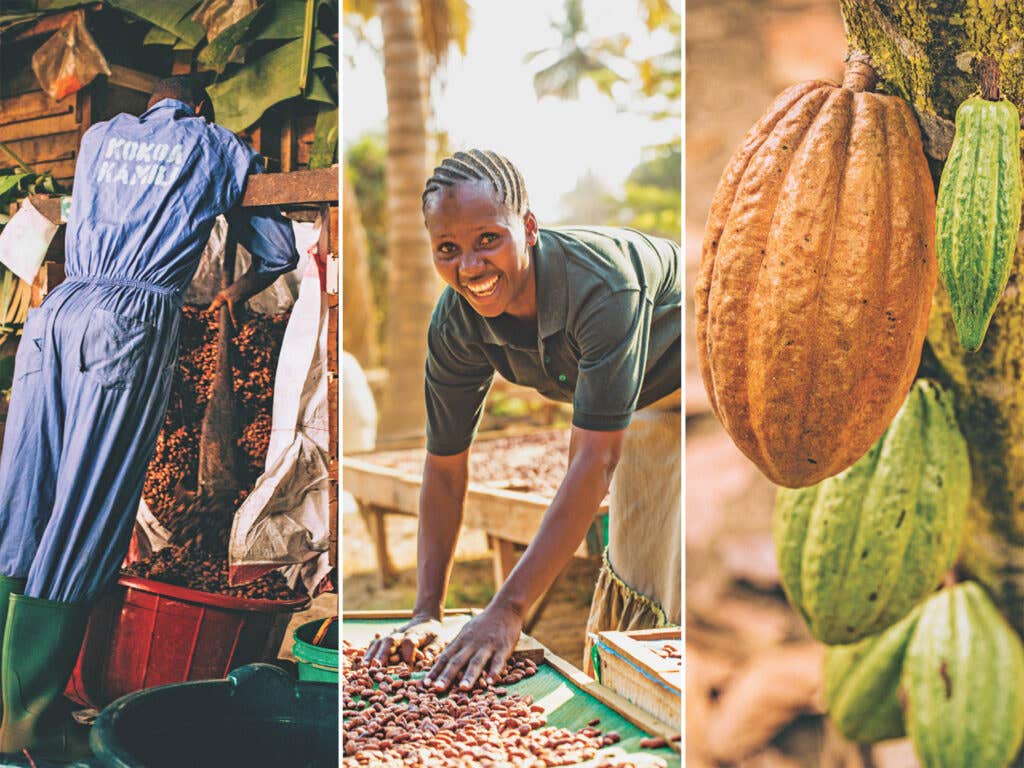
What makes Kokoa Kamili’s model possible is demand from the burgeoning craft-chocolate industry, sometimes called bean-to-bar chocolate, an ecosystem of small companies that will pay a premium for exceptional cocoa beans from a specific location. This allows growers to sell higher-quality cocoa beans at higher prices, which means better pay for their farmers.
Kokoa Kamili was founded in 2013. Today, it works with around 4,000 growers in and around Mbingu. “When we started, farmers in the Kilombero Valley received the lowest price for cocoa in Tanzania,” Bindra says. “But every year since, we’ve paid the highest price of anyone buying.”
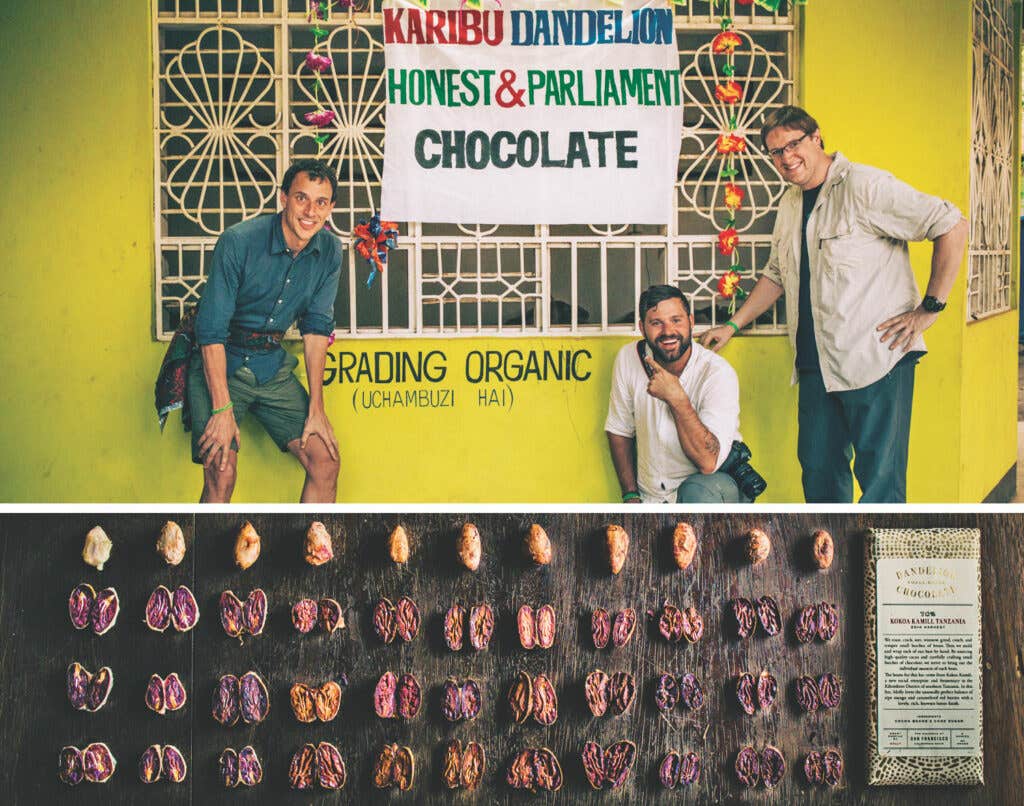
For growers like Maglass, this has made a world of difference. Six years ago, she was ready to give up on cocoa, and was on the verge of chopping down all her trees. A widow with seven children, she couldn’t see a way forward given the abysmal prices she was getting for her crop. But since then, she’s been selling to Kokoa Kamili, and today her cocoa plantation is among the most productive in the area. “We’ve been getting big money,” she admits with a shy grin, gesturing toward the new house.
At the Kokoa Kamili factory, the sour, syrupy smell of fermentation permeates the air, clinging to hair and clothes, attracting droves of bees that land on sacks of fresh beans and hover over the puddles of juice beneath them. None of this seems to faze the workers. They spend their days hauling dripping bags of cocoa, packing the beans into wooden fermentation boxes, and shuffling them across long trays to dry in the sun.
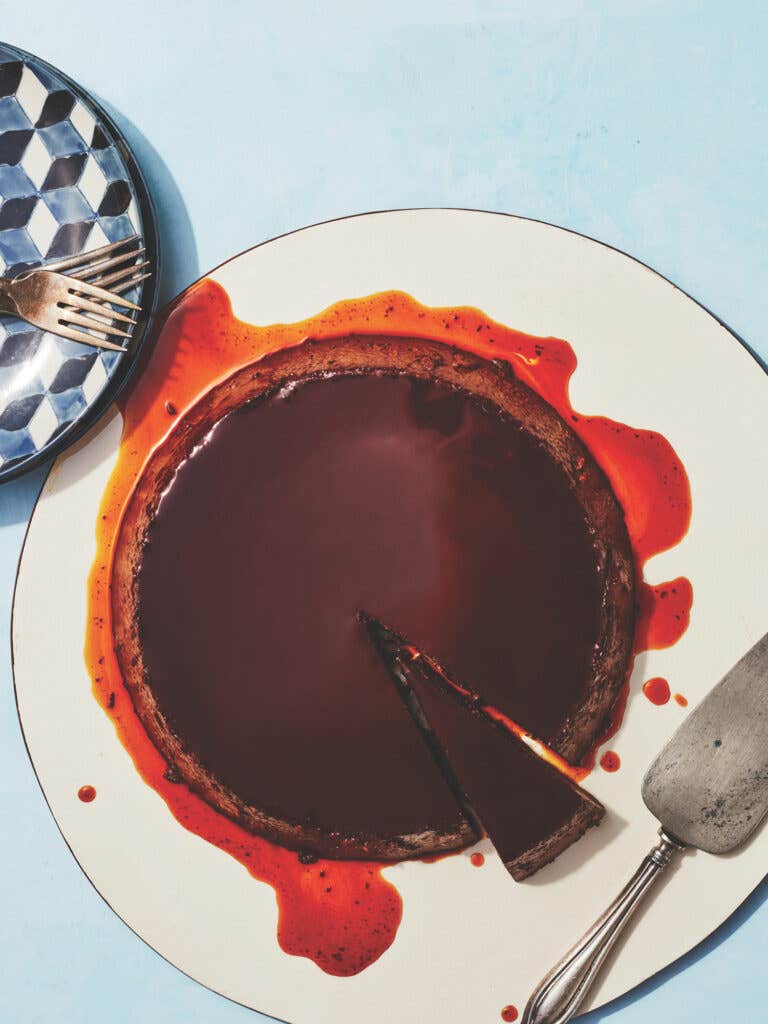
The company employs around 50 people in high season, and almost all are from Mbingu. The foreman lives across the street; he used to lend a hand for free until Kokoa Kamili hired him. The head agronomist, who helps growers with any problems with their crop, still has his own farm in the area; he first approached the company as a farmer looking to sell his beans.
On a concrete porch, some two dozen women grade piles of dried beans, spreading out handfuls over round woven trays. With quick fingers, they pick out leaves, rocks, and too-flat beans, while a handful of overall-clad workers in a warehouse behind them shovel heaps of fermenting cocoa from one box to another. Moving the beans every two days keeps the fermentation hot—often as high as 120 degrees Fahrenheit—allowing the microorganisms responsible for fermentation to thrive. With outside temperatures in the 90s, it’s a sweaty business.

After six days of fermenting, followed by up to a week of drying in the sun, a cocoa bean becomes hard and russet-colored, like a flattened almond. You can flake off its thin shell to reveal a firm nib, deep brown with a tinge of purple. Even unroasted, it tastes unmistakably of chocolate, with some fruity notes of citrus and banana. (The chocolate-maker will roast the bean to further develop these flavors.) In a final step, bags of beans are blended to ensure consistency throughout the batch.
Israel Chagati, an older, muscular man, sees himself as a successful farmer. He has been growing cocoa for 20 years, longer than any of his neighbors, and has managed to send all three of his children to university. Since he began selling his crop to Kokoa Kamili, he has traded a grass hut for two tidy brick houses.

But until recently, Chagati had never actually tasted a chocolate bar. It isn’t something he or his neighbors could have afforded to eat regularly and, aside from cocoa-flavored cookies, chocolate isn’t available in the village. During his early years of cocoa farming, Chagati says, he didn’t even know what sort of product his beans were destined to become.
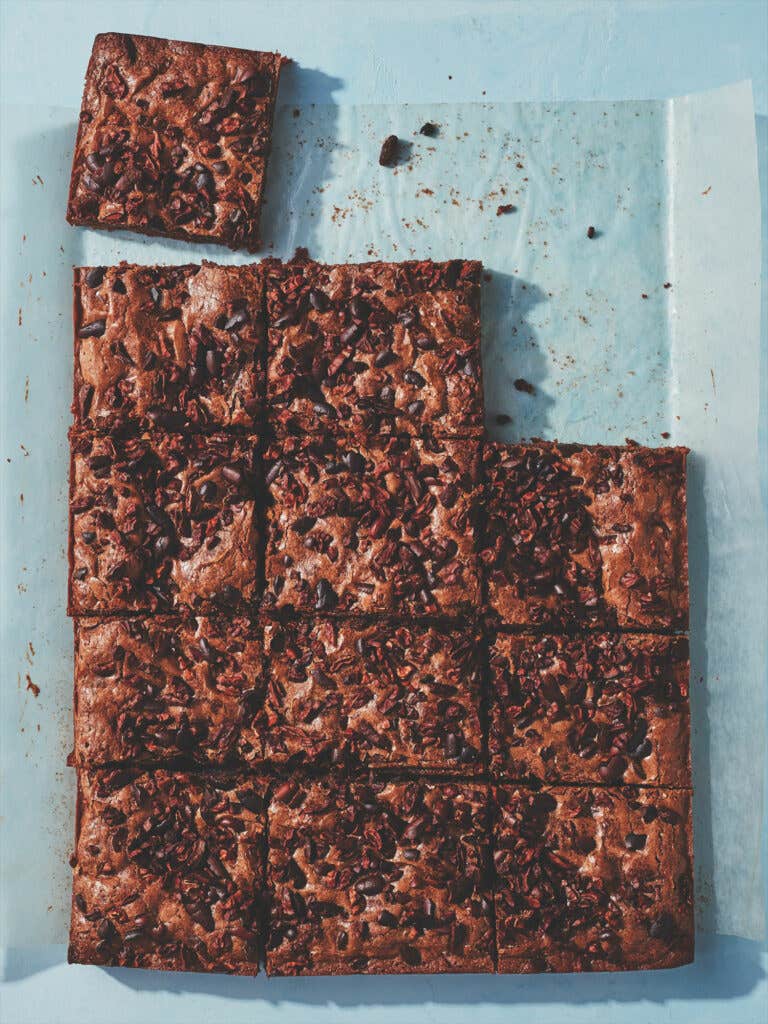
Closing this loop is increasingly important for many craft-chocolate-makers. “We’re acknowledging that the farmer plays an integral part—what they do is important,” Mullen says. Now that Chagati is working with Kokoa Kamili, he is starting to appreciate the full scope of his work. Bindra and LoBue will bring visiting buyers to his farm. He smiles when he hears about the value people put on the quality of his crop, and the awards the chocolate has won, at the end of one such visit. He recalls his first taste, on an earlier visit. “It was good,” he says as LoBue translates. “Flavorful. A bit sour.” And he’s already dreaming bigger: “We should make our own chocolate here in Tanzania,” he says, “and send it out into the world.”
Keep Reading
Continue to Next Story










